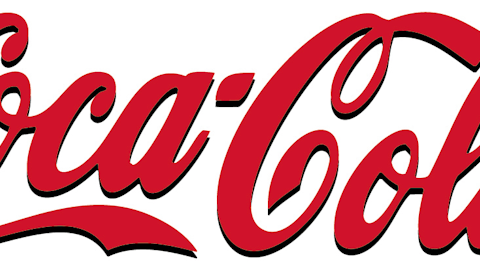At the end of the day, investing is about maximizing returns, although there are multiple components to this. Things like managing risk, identifying opportunities, and knowing when to cut your losses are all important, but another factor comes into play after you realize a return. And that’s taxes.
A present situation
Investors should be familiar with the concept of capital gains and capital losses and that losses can be deducted against gains in most situations. Looking at shares of Research In Motion Ltd (NASDAQ:BBRY) over the past few months, many investors have bought their shares above the $14.44 share price as of the close on Jun. 14. First of all, the losses on these shares are unrealized (assuming they are still being held), meaning they will not be used to reduce your tax burden by lowering your realized capital gains.
Now someone probably just thought something like: “I’ll sell my shares, realize the loss, and rebuy the shares the same day.” Not so fast. The IRS has already created a rule to manage this practice. The wash sale rule disallows the loss if “substantially identical securities” are bought within thirty days and the same stock would fall under this category.
But if you are a Research In Motion Ltd (NASDAQ:BBRY) investor who owns shares above the current market value, there is a way to both hold your shares through the Q1 earnings release on June 28 and realize your tax loss if earnings meet or miss expectations. SmartMoney refers to it as a “doubling up” strategy whereby you double your holding of the stock (in this case BlackBerry) and then sell half of your shares more than thirty days after your “doubling up” purchase. Due to the “first in, first out” tax planning common among investors, the loss will not be disallowed under the wash sale rule.
Doubling your risk
Of course by owning twice as many shares on June 28, you are doubling your risk for loss as well as for gain. Investors who cannot afford a loss of this amount should avoid this strategy. But for investors who can tolerate this risk, let’s look at the three main potential scenarios from June 28:
1. Sales of BlackBerry 10 devices fail to live up to expectations or device sales meet expectations but subscriber numbers collapse. A wave of selling begins with a possible bear raid. Shares drop into at least the $12 range where there has been significant support.
2. Sales of BlackBerry 10 devices and subscriber numbers are largely in line with expectations. Analysts begin to speculate on Q2 results and stock stock gives a “meh” reaction similar to the Q4 earnings release.
3. Sales of BlackBerry 10 devices blow away expectations and subscriber numbers are not enough to hold back a buying wave. The massive short interest in Research In Motion Ltd (NASDAQ:BBRY) drives shares into the upper teens range and possibly higher.
Other squeezes
At this point, analysts cannot agree on any of these scenarios but, due to this disagreement, assigning random chance to each gives each a 1 in 3 possibility of happening. There may be a little more weighting toward the bull side due to positive notes by Societe Generale and Wells Fargo last week, but if anything that would strengthen the cause to play a “double up” on Research In Motion Ltd (NASDAQ:BBRY) shares.
Those playing a “double up” would see success in two of the listed three scenarios. A “meh” reaction would allow them to realize their capital losses and a short squeeze would outweigh any tax benefits to realizing the losses by providing large gains in the share price.
A similar strategy could have been used for Netflix, Inc. (NASDAQ:NFLX) since many shareholders probably owned shares at levels above the pre-squeeze share price. A proper execution of a “double up” would have allowed shareholders to benefit twice as much from the resulting short squeeze knowing that if Netflix, Inc. (NASDAQ:NFLX)’s results only met expectations they could claim their capital loss in thirty days.
But this strategy is not useful for all stocks with a possible short squeeze ahead. When Tesla Motors Inc (NASDAQ:TSLA) went on its short squeeze run, hardly any of the pre-squeeze shareholders had an unrealized capital loss that could be claimed. “Doubling up” on Tesla would only have increased their risk beyond the level they originally planned.





